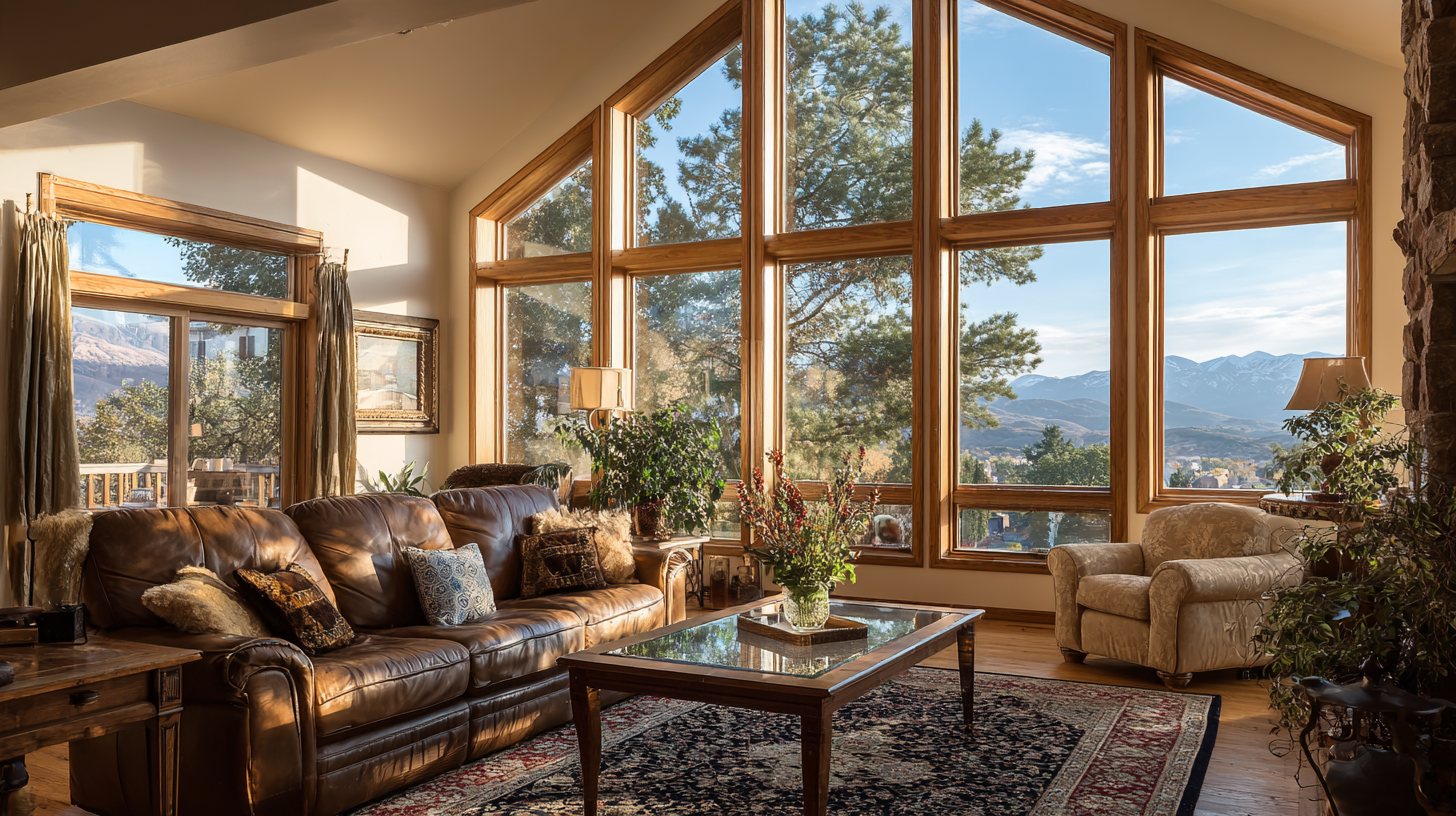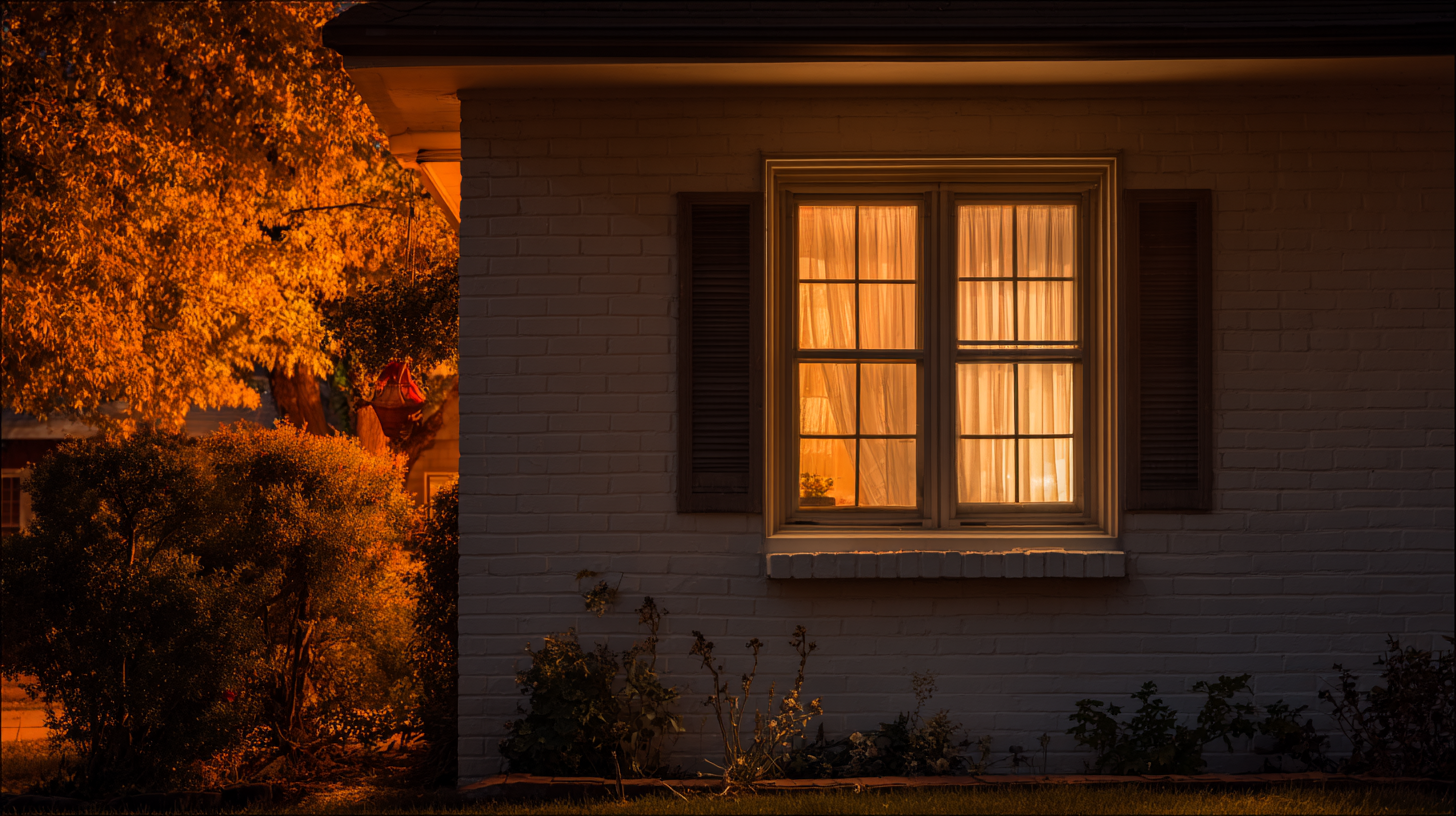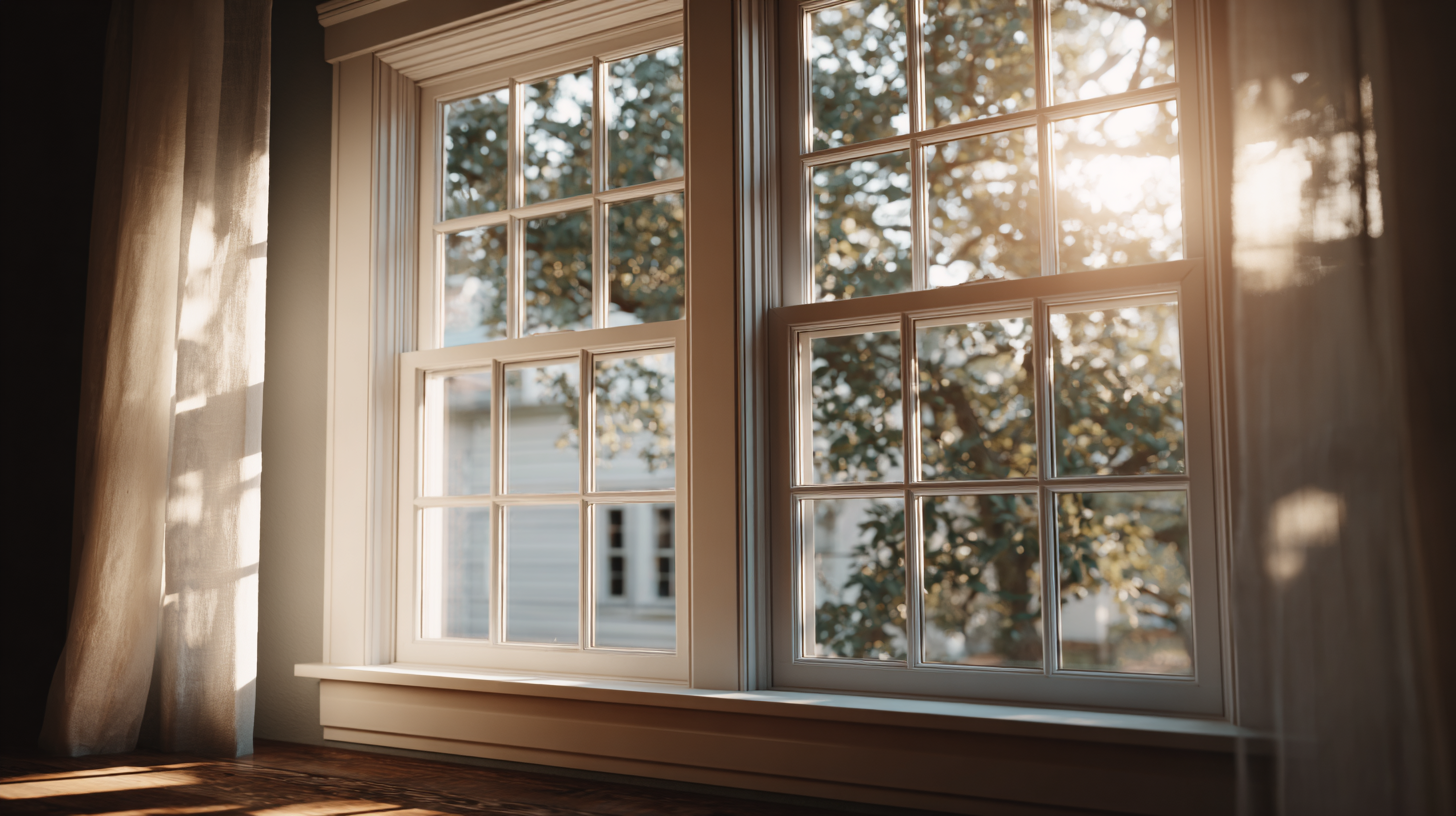5 Essential Tips for Choosing the Right Window Replacements for Your Home
When it comes to enhancing your home’s energy efficiency and aesthetic appeal, choosing the right window replacements is crucial. According to the U.S. Department of Energy, windows account for up to 30% of residential heating and cooling energy use, making the selection of appropriate window replacements a significant factor in maintaining comfort and reducing energy costs. Additionally, a report by the National Association of Realtors highlights that high-quality window replacements can recoup up to 75% of their costs upon resale, emphasizing the importance of making informed choices. With these compelling statistics in mind, homeowners must prioritize selecting window replacements that not only fit their budget but also align with their environmental goals and design preferences. This blog aims to provide five essential tips to guide you through the process of choosing the right windows for your home, ensuring both functionality and style.

Understanding Your Home’s Energy Efficiency Needs for Window Replacement
When considering window replacements for your home, understanding your home’s energy efficiency needs is crucial. Windows play a significant role in your home’s overall energy performance, affecting heating and cooling costs. For instance, if your current windows are drafty or single-pane, replacing them with double or triple-pane options can significantly enhance insulation. Look for windows with low-E coatings that reflect heat during the summer and retain warmth in the winter, ensuring your home remains comfortable year-round.

Additionally, consider the orientation of your home and the local climate. South-facing windows can help capture sunlight, reducing the need for artificial lighting during the day. Conversely, in areas with extreme temperatures, it might be beneficial to opt for windows with higher energy ratings to combat heat loss in winter and heat gain in summer. By evaluating the specific energy efficiency needs of your home, you can make informed choices that not only improve comfort but also contribute to long-term savings on utility bills.
Exploring Different Window Materials: Pros and Cons for Homeowners
When it comes to choosing window replacements for your home, understanding the various materials available is crucial. Each material comes with its own set of pros and cons, tailored to different homeowner needs and preferences. Vinyl windows, for instance, are celebrated for their excellent energy efficiency and low maintenance requirements. They resist warping, fading, and peeling, making them a popular choice among homeowners looking for durability without the hassle of frequent upkeep. However, the color options are somewhat limited, which may not suit everyone’s aesthetic desires.
On the other hand, wooden windows offer unmatched charm and versatility in design. They can be stained or painted to fit any décor, adding character to your home. While they provide excellent insulation, wooden windows require more maintenance compared to vinyl. They are susceptible to rot and decay if not properly cared for, making regular inspection and treatment necessary. There are also aluminum and fiberglass options to consider. Aluminum frames are lightweight and strong, but they might not provide the same insulation as their counterparts. Fiberglass, conversely, can mimic the look of wood while offering superior durability and energy efficiency. Ultimately, each material presents unique advantages and disadvantages, so evaluating your specific needs and lifestyle will be vital in making the right choice for your window replacements.
Comparison of Window Replacement Materials
How to Choose the Right Style of Windows to Complement Your Home’s Aesthetic
When it comes to window replacements, choosing the right style is crucial for both aesthetics and functionality. According to a report from the American Institute of Architects, 64% of homeowners consider energy efficiency a top priority when selecting new windows, but style shouldn't be overlooked. Whether your home is traditional, modern, or somewhere in between, the windows you choose should enhance its architectural style. For instance, double-hung windows offer a classic look that suits colonial or traditional homes, while sleek casement windows can complement contemporary designs.

In addition to style, color and material play a significant role in matching windows to your home's aesthetic. A study by the Window and Door Manufacturers Association found that 70% of homeowners prefer white or neutral colored windows, as they are versatile and blend seamlessly with various exterior paint colors. However, opting for custom colors or wood finishes can make a bold statement and elevate the overall design. In considering these elements, it is essential to visualize how each window type contributes to the broader palette of your home, ensuring that your replacement windows not only serve their purpose but also enhance your living space’s beauty.
Evaluating Installation Options: DIY vs. Professional Services for Window Replacement
When it comes to window replacements, one of the most critical decisions homeowners face is whether to tackle the installation themselves or hire professionals. DIY window replacement can be a cost-effective option, especially for those with a knack for home improvement projects. It allows for personal customization and can provide a sense of accomplishment. However, it's essential to recognize the skill level required and the potential risks involved. Poor installation could lead to issues such as air leaks, water damage, or compromised energy efficiency.
On the other hand, opting for professional services comes with its own benefits. Experienced installers bring expertise and ensure that the windows are fitted correctly and meet all safety standards. They can also navigate challenges that might arise during the installation process, such as structural damage or unique window sizes. Ultimately, the decision should factor in not just the cost but also your confidence in DIY tasks versus the reliability and efficiency of hiring experts. Balancing these considerations can lead to a satisfactory window replacement that enhances both the appearance and functionality of your home.
5 Essential Tips for Choosing the Right Window Replacements for Your Home
| Tip | Description | Installation Option | Expected Cost |
|---|---|---|---|
| 1. Assess Your Needs | Determine the purpose of the new windows such as energy efficiency, aesthetics, or noise reduction. | DIY or Professional | $0 - $100 for assessments |
| 2. Choose the Right Frame Material | Consider options like vinyl, wood, fiberglass, or aluminum based on durability and maintenance. | Professional Recommended | $200 - $600 per window |
| 3. Energy Efficiency Ratings | Look for windows with Energy Star ratings to save on energy costs. | DIY or Professional | $100 - $300 more per window |
| 4. Installation Method | Decide whether to hire professionals or attempt the installation yourself. | DIY (Tool Purchase Required) or Professional Service | $0 if DIY; $500 - $1,500 for pros |
| 5. Check Local Regulations | Understand any building codes or permit requirements in your area. | DIY or Professional | $0 - $200 for permits |
Budgeting for Window Replacements: Tips for Cost-Effective Solutions
When budgeting for window replacements, it's essential to explore cost-effective solutions that won't compromise on quality. Begin by assessing your needs and determining the number of windows that require replacement. This will help you establish a realistic budget while avoiding unnecessary expenditures.
Consider opting for energy-efficient windows, as they not only provide long-term savings on energy bills but may also qualify you for rebates or tax credits. Additionally, look into popular materials like vinyl or fiberglass, which tend to offer good durability and low maintenance costs compared to traditional wood frames.
Finally, don't underestimate the value of comparing quotes from multiple contractors. This allows you to gain insights into price variations and installation services. You might discover seasonal discounts or promotional deals that can significantly reduce your overall expenditure. Investing time in thorough research can lead to finding a fantastic balance between quality and affordability in your window replacement project.
Related Posts
-

7 Essential Features to Look for in the Best Residential Windows
-

How to Choose the Perfect Exterior Windows for Your Home
-

How to Choose Retrofit Windows for Energy Efficiency and Cost Savings
-

Ultimate Guide to Choosing the Right Windows for Your Home Make the Best Decision
-

A Comprehensive Guide to Understanding Window Installation Costs Across Different Regions
-

Unlocking Potential: The Ultimate Guide to Retrofit Windows for Energy Efficiency and Modern Living
